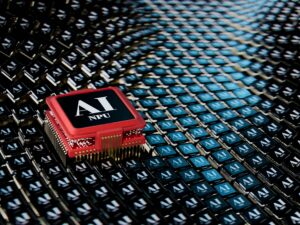Winning the AI Race

source: axios.com (contributed by FAN, Bill Amshey) | image: unsplash.com
The Biden administration’s AI directive is a green light to the Pentagon, intelligence agencies and their eager suppliers.
- The documents enshrine the technology as a defense imperative. Expect greater investment, including in energy and workforce, with check-ins along the way.
- It also validates the high-risk, high-reward work of early movers.
Why it matters: This signals a more a hands-off approach, which should help allay private-sector worries about cumbersome guardrails.
What they’re saying: If the U.S. fails to deploy AI more extensively and at a quicker pace than its adversaries, advantages earned over decades in land, air, sea, space and cyber could be erased, national security adviser Jake Sullivan warned Thursday.
- “Even if we have the best AI models, but our competitors are faster to deploy, we could see them seize the advantage in using AI capabilities against our people, our forces and our partners and allies,” he said at the National Defense University.
- “We could have the best team but lose because we didn’t put it on the field.”
What we’re hearing: Defense industrial base players are generally pleased.
- Contractors already embrace a software first, hardware second approach.
- The White House messaging clarifies what’s fair game — and what’s out of bounds. Guidance should boost experimentation and adoption.
The bottom line: There are few “precedents for a document such as this one, which seeks to comprehensively state U.S. national security interests and strategy toward a transformative technology,” Gregory Allen, director of the Wadhwani AI Center at CSIS, told me.
- “NSC-68, which defined U.S. early nuclear strategy, comes to mind.”
